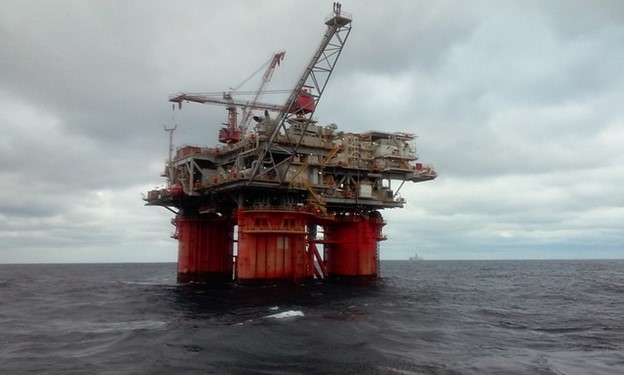The essential nature of commodities is that their prices go higher when the dollar’s purchasing power gets down from higher costs. Remark that in this cycle, the dollar is weak in either situation.
Commodities rise from rallying to supply-demand pressures; the dollar then gets hammered by increasing inflation, and commodities respond to the inflationary cycle by going even higher.
The most robust case for commodity prices as the best indicator of expected inflation is that commodities react quickly to general economic shocks.
Systemic shocks — like this year’s Hurricane Ida, for example — can decimate commodities supply and consequently raise their costs. Oil is the best example of this. By the time the commodity touches consumers, overall prices would rise and three would be inflation. Ida alone increased U.S. crude prices by nearly 10%.
However, commodities with high energy content are more correlated with headline inflation than commodities formed of metals and agriculture.
Kevin L. Kliesen, business economist and research officer at the St Louis Federal Reserve, sees this after examining moves on the S&P GSCI, Thomson Reuters CRB, Bloomberg, and FIBER commodity indexes and their influence on inflation over 25 years.
This logic shows us that the 72% rally in U.S. crude this year versus the 6% decline in bullion shouldn’t be confusing.
Here’s The Alternative Story
Yes, oil is apparently in extremely short supply now versus demand. However, a place will only get more critical during the winter. This will happen as more of the commodity generates power and heat from an expected shortage of sufficient natural gas and coal.
That’s not even contemplating that Americans might quickly want to drive more in the winter than the past summer. And while we’re thinking wild contingencies, let’s consider real ones too. The rising population will hit the skies in the new year as all epidemic restraints for travel lift.
We learned earlier this week that spare capacity is contracting ahead of the international lift-off for travel. It was a significant concern for the company. According to Amin Nasser of Saudi Aramco, the spare capacity would go to waste if an aviation pick-up next year. It’s now getting to a place where there’s an inadequate supply — whatever is left that’s spare is sinking fast.














